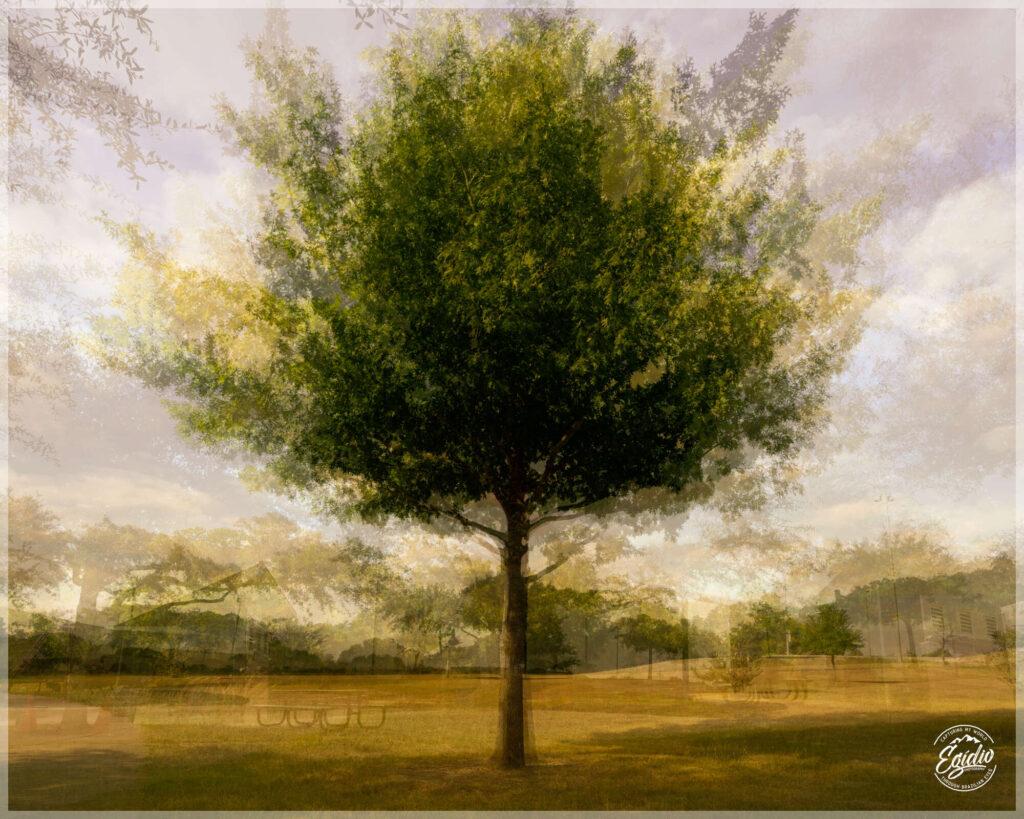
I found out about the Pep Ventosa technique in my photo challenge class a couple of weeks ago. As long as I have been using social media, I never saw anyone I follow using this technique in their photos.
Pep Ventosa is a renowned photographer born in 1957 in Vilafranca del Penedès (Barcelona), Spain. He created this style of photographing a series of images around a subject and then combining them to create unique images, often with a strong painterly look. Depending on your subject choice, photographing around it is easy. Sometimes, though, you can only do images within a 180-degree angle. Regardless of what your choice is, the results can sometimes be very interesting.
All photos in this post were made at the Northeast Metropolitan Park (Austin, Texas). For the first two images, I walked around a tree and made seven images. The next step was then to combine those images into one. When you combine the images, you can adjust the opacity of each image in order to obtain your desired effect as to what you want to show and not show in the final merged photo. In this particular example, there were other trees around as well as some buildings. For this tree, I made sure I was overlapping its trunk. Everything else was part of the creative final photo. As for the colors, I also played with them and created two images. The first image shows the automatic color that Lightroom suggested. I liked it right away because it gave me a more painterly look with strong yellow and orange hues, as in a Van Gogh painting. However, the colors as shot appear in the second image, shown below.

Regardless of the color treatment, I do like the final merged photos. The surrounding trees and structures appear as shadows or ghost-like figures because of the opacity I chose during my editing workflow.
Next, I decided to go to the climbing rock in the kids’ section of the park. For that image, I only photographed the rock four times. Although I do not think the result was as pleasing as the tree, the blue canopy above the rock did create a fine tapestry of blue hues mixing with the skies.

For the final experiment, I decided to photograph a traffic sign. I wanted to see if I could create the illusion that the sign was rotating with strong winds. With six images to work with, I adjusted the opacity to my liking to create the illusion of rotation. The back side of the traffic signal was used with the lowest opacity simply because there was not much to show with the back of those signals. Here’s the result.

Discover more from Through Brazilian Eyes
Subscribe to get the latest posts sent to your email.

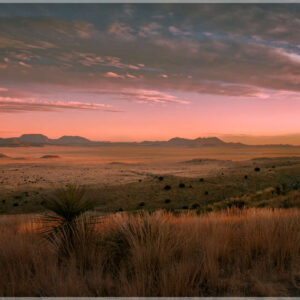
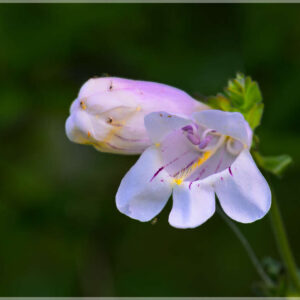
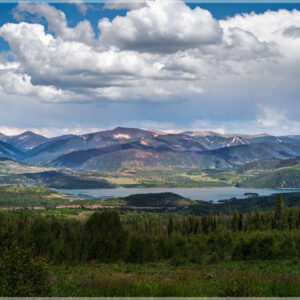
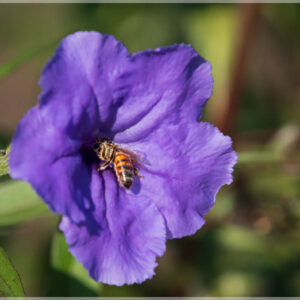
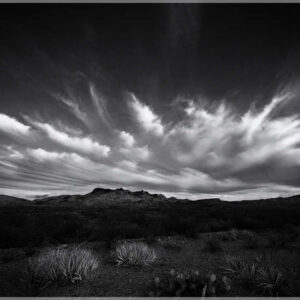
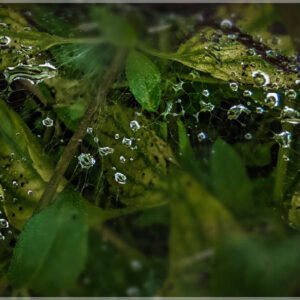
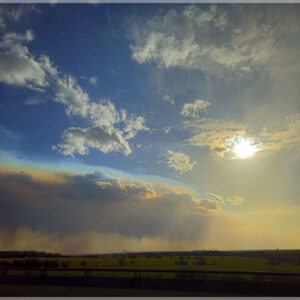
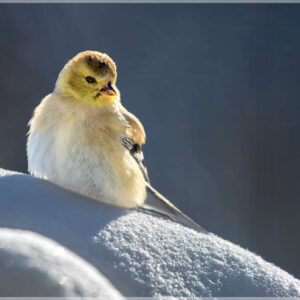
Alan Brown
Nice article and presentations Egídio. There are actually quite a large number of photographers using this technique now and posting on social media – it is one I have used for many years myself and documented my own process.
If you feel inclined you can check out work/guides/blog etc on my website (alanbrownphotography.com). Looking forward to seeing more creative work from you.
Egídio Leitão
Thank you, Alan. I appreciated your feedback. You have an amazing website with lots of resources.
photobyjohnbo
So it turns out the technique is more popular than I thought! Trees seem to be a natural subject for this technique, though I did think the sign made for an appealing image.
Egídio Leitão
Thanks for checking the post out and for your feedback. I agree that trees tend to produce dreamier and more impressionist results.